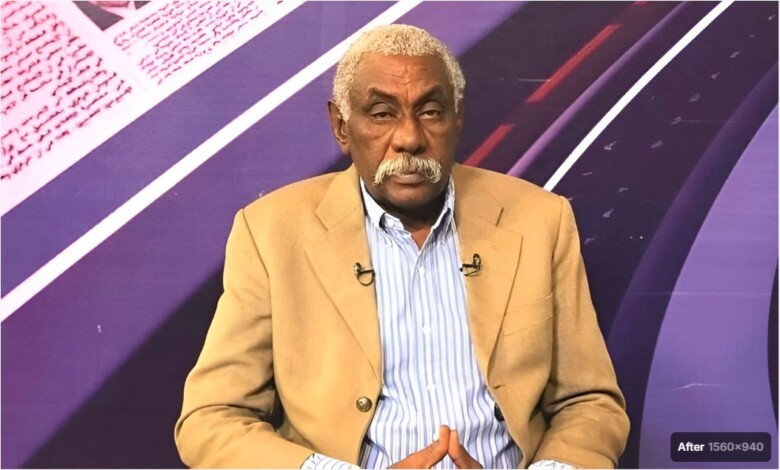The 55th Anniversary of Aba Island Massacre
Al-Jameel Al-Fadil

On this day (55) years ago, the Sudanese Armed Forces (SAF) perpetrated the largest massacre in its history prior to this war, claiming the lives of approximately (1,700) civilians under aerial and artillery bombardment in Aba Island.
Innocent civilians were killed and their lives were claimed by the Egyptian Air Force during the era of the late President Gamal Abdel Nasser. Former President Hosni Mubarak, who commanded the air sorties launched from Wadi Seidna Military Air Base towards Aba Island, was -then- appointed as commander of the Egyptian Air Base in Sudan.
Perhaps this is an exact replica of the scenario taking place at the moment, as if, in accordance with this established tradition, every Egyptian ruler who ascends to Al-Uruba Palace, Al-Qubba Palace, or Al-Ittihadiya Palace has a share in our blood to claim, and inevitably, they receive it. This has been the case since the era of the Anglo-Egyptian rule until the present day, during which the Egyptian Air Force has also taken the lead in claiming lives throughout this ongoing war.
In addition to its participation at the time, it served as a reserve force for the Libyan Air Force, the third party to the Tripoli Agreement, in targeting Aba Island, the epicenter of Sudanese conservative sentiment, in the language of the time.
The late Imam Sadiq Al-Mahdi described the state of that small village on the day the armies of three countries, including a superpower, converged on it by land, air, and across the river, saying:
“Aba Island is a village that lacks the means to defend itself against airstrikes, and the heavy weaponry didn’t stop at this level of brutality. Rather, they sought the assistance of foreign forces to brutalize the citizens in a treacherous plot unparalleled in modern Sudanese history.”
Dr. Abdullah Ali Ibrahim quoted from the book “My Testimony to History: The Events of Aba Island, (March 1970) and the (July 19, 1971) Movement” by retired Major Abdullah Ibrahim Al-Safi, who was part of the force that fought on behalf of the regime in Aba. He shared: “Reinforcements were called in, including infantry, artillery, armored vehicles, tanks, aviation, and paratroopers.
These forces encamped in Rabak.
They moved successively towards Aba Island and positioned themselves a kilometer from Al-Jasser.
Preparations for battle began with steadfastness, not enthusiasm.
Weaponry equipment were deployed, and a siege was imposed on Aba Island to break the resolve of the Ansar fighters.
The regime forces began attacking with artillery.
Russian T-55 tanks, which had arrived the previous day, were utilized in the attack.
They proceeded to bombard the area with their powerful 100mm cannons.
Under the cover of this heavy fire, the Salah al-Din tanks moved in, opening fire in turn, and successfully silencing the Mortar cannons.
The latter are the cannons al-Ansar had seized previously from the latest battle with the Army and used them against the attacking force from their positions in the forest, north of Al-Jasser.
Salah al-Din Tanks succeeded in destroying the mortars one after another.
The Air Force also participated in sorties over the island.
Flyers were dropped from above inviting al-Ansar to surrender. The Russians flew their planes over Aba Island to break the sound barrier, in order to instill fear in al-Ansar fighters and the people of Aba.”
This is a historical glimpse into an example of State violence against the Sudanese people, a phenomenon that was carried out with distinction by this





